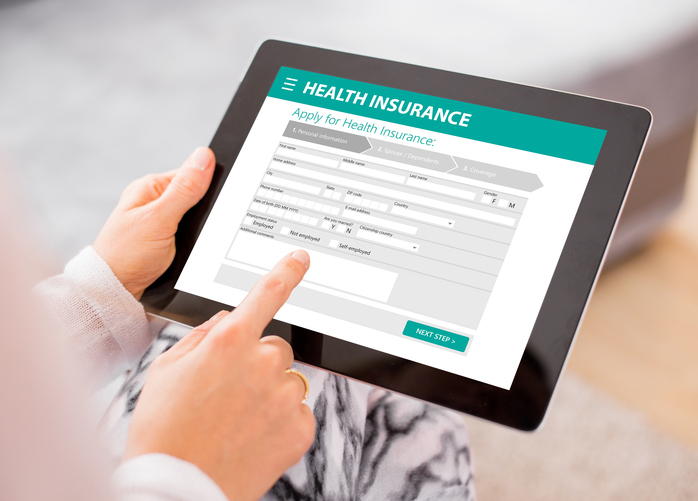Open enrollment is right around the corner, and in order to choose the best plan for you and your family, it’s important to be prepared. However, it can be a confusing process. Whether you’re selecting a new plan on the healthcare.gov marketplace, or through your employer, we’ve put together the below, checklist to help you feel confident that you are making the best decision.
- Take life changes into account. It’s important to consider how your life has changed since you enrolled in your current plan, as this could impact which plan is best for you. If you have had a change in your healthcare needs, got married, or welcomed a new baby to the family, you may want to adjust the type of coverage you had. For example, if you are the only person on your plan and are relatively healthy, a high-deductible plan may work well for you and keep costs low since you likely will not utilize your coverage on a regular basis. However, if you or your loved ones visit the doctor frequently, you may want to consider a plan that has a higher premium but less cost-sharing to help manage your healthcare spending.
- Check that doctors are in-network. Whether you think you want to stick with your current plan or switch to a new one, it’s critical that you confirm that your current doctors are in-network. Even if they have been previously, it’s worth your time to check that they still are, as this can change from year to year. You do not want to unexpectedly receive a big medical bill because you didn’t realize your doctor is now out-of-network.
- Review all available options. Health insurance plans can change each year, so even if you think you want to keep your current plan, it’s important to review the details of each available option before you make your selection. Look at the costs, including monthly premiums, copayments, coinsurance and deductibles, to see which structure works best for you and your family. Also review the coverage details to make sure benefits you use are included (or have not been reduced or removed from your existing plan), such as pharmacy benefits or lab services.
- Budget for an HSA. If you select a high-deductible health plan, you are eligible to enroll in a Health Savings Account (HSA). An HSA can save you money on a pre-tax basis, allowing you to use these funds to pay for healthcare-related expenses without being taxed. For more about HSAs, check out our post on how to use these accounts to save money on healthcare here. If you are not eligible for an HSA, you may still be able to contribute to a Flexible Spending Account (FSA) for healthcare expenses. FSAs function very similarly to HSAs, except any funds that you do not use by the end of the plan year will be lost (HSA funds roll over year to year). Regardless of which option you choose, make sure you budget appropriately for anticipated expenses, especially if you have an FSA that will not roll over.
- Ask about discounts. Some employers are now offering their employees discounts on their monthly health insurance premium if they take steps to improve their health, such as quitting smoking or participating in a wellness program. Check with your HR department to find out if this option might be available to you.
By taking steps to prepare ahead of time, you can be confident that you are selecting the best health insurance option for you and your family during this year’s open enrollment.



